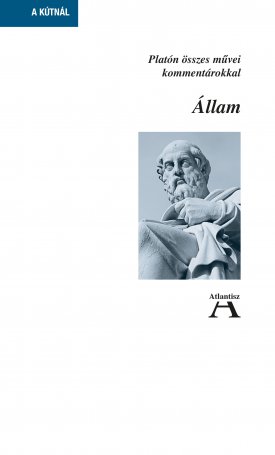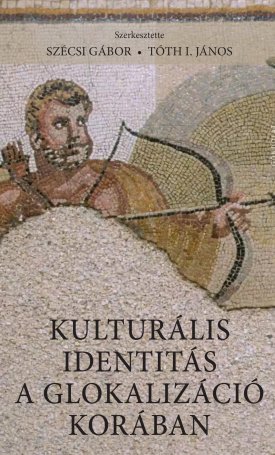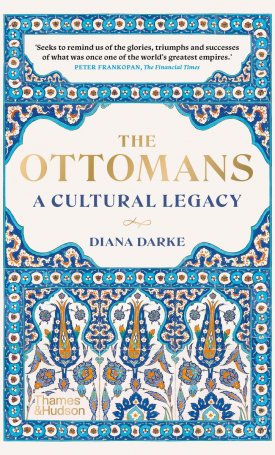Art in the Lives of Ordinary Romans - Visual Represenation and Non-Elite Viewers in Italy, 100 B.C. A.D. 315
ISBN: 9780520248151
Méret: 178 * 254
Tömeg: 1043 g
Oldalszám: 418
Megjelenés éve: 2006
Art in the Lives of Ordinary Romans - Visual Represenation and Non-Elite Viewers in Italy, 100 B.C. A.D. 315
This splendidly illustrated book brings to life the ancient Romans whom modern scholarship has largely ignored: slaves, ex-slaves, foreigners, and the freeborn working poor. Though they had no access to the upper echelons of society, ordinary Romans enlivened their world with all manner of artworks. Discussing a wide range of art in the late republic and early empire—from familiar monuments to the obscure Caupona of Salvius and little-studied tomb reliefs—John R. Clarke provides a tantalizing glimpse into the lives of ordinary Roman people. Writing for a wide audience, he illuminates the dynamics of a discerning and sophisticated population, overturning much accepted wisdom about them, and opening our eyes to their astounding cultural diversity.
Clarke begins by asking: How did emperors use monumental displays to communicate their policies to ordinary people? His innovative readings demonstrate how the Ara Pacis, the columns of Trajan and of Marcus Aurelius, and the Arch of Constantine announced each dynasty's program for handling the lower classes. Clarke then considers art commissioned by the non-elites themselves—the paintings, mosaics, and reliefs that decorated their homes, shops, taverns, and tombstones. In a series of paintings from taverns and houses, for instance, he uncovers wickedly funny combinations of text and image used by ordinary Romans to poke fun at elite pretensions in art, philosophy, and poetry.
In addition to providing perceptive readings of many works of Roman art, this original and entertaining book demonstrates why historians must recognize, rather than erase, complexity and contradiction and asks new questions about class, culture, and social regulation that are highly relevant in today's global culture.
AUTHOR:
John R. Clarke is Annie Laurie Howard Regents Professor of History of Art at the University of Texas, Austin. He is the author of Roman Sex (2003), Looking at Lovemaking: Constructions of Sexuality in Roman Art, 100 B.C.-A.D. 250 (California, 1998), The Houses of Roman Italy, 100 B.C.-A.D. 250: Ritual, Space, and Decoration (California, 1991), and Roman Black-and-White Figural Mosaics (1979).
CONTENTS:
Acknowledgments
Introduction
Part 1. Imperial Representation of Non-elites
1. Augustus’s and Trajan’s Messages to Commoners
2. The All-seeing Emperor and Ordinary Viewers: Marcus Aurelius and Constantine
Part 2. Non-elites in the Public Sphere
3. Everyman, Everywoman, and the Gods
4. Everyman and Everywoman at Work
5. Spectacle: Entertainment, Social Control, Self-advertising, and Transgression
6. Laughter and Subversion in the Tavern: Image, Text, and Context
7. Commemoration of Life in the Domain of the Dead: Non-elite Tombs and Sarcophagi
Part 3. Non-elites in the Domestic Sphere
8. Minding Your Manners: Banquets, Behavior, and Class
9. Putting Your Best Face Forward: Self-representation at Home
Conclusions
Notes
Bibliography
Illustration Credits
Index
Kategória: Kultúra, Művészettörténet, Társadalomtörténet, Történelem















